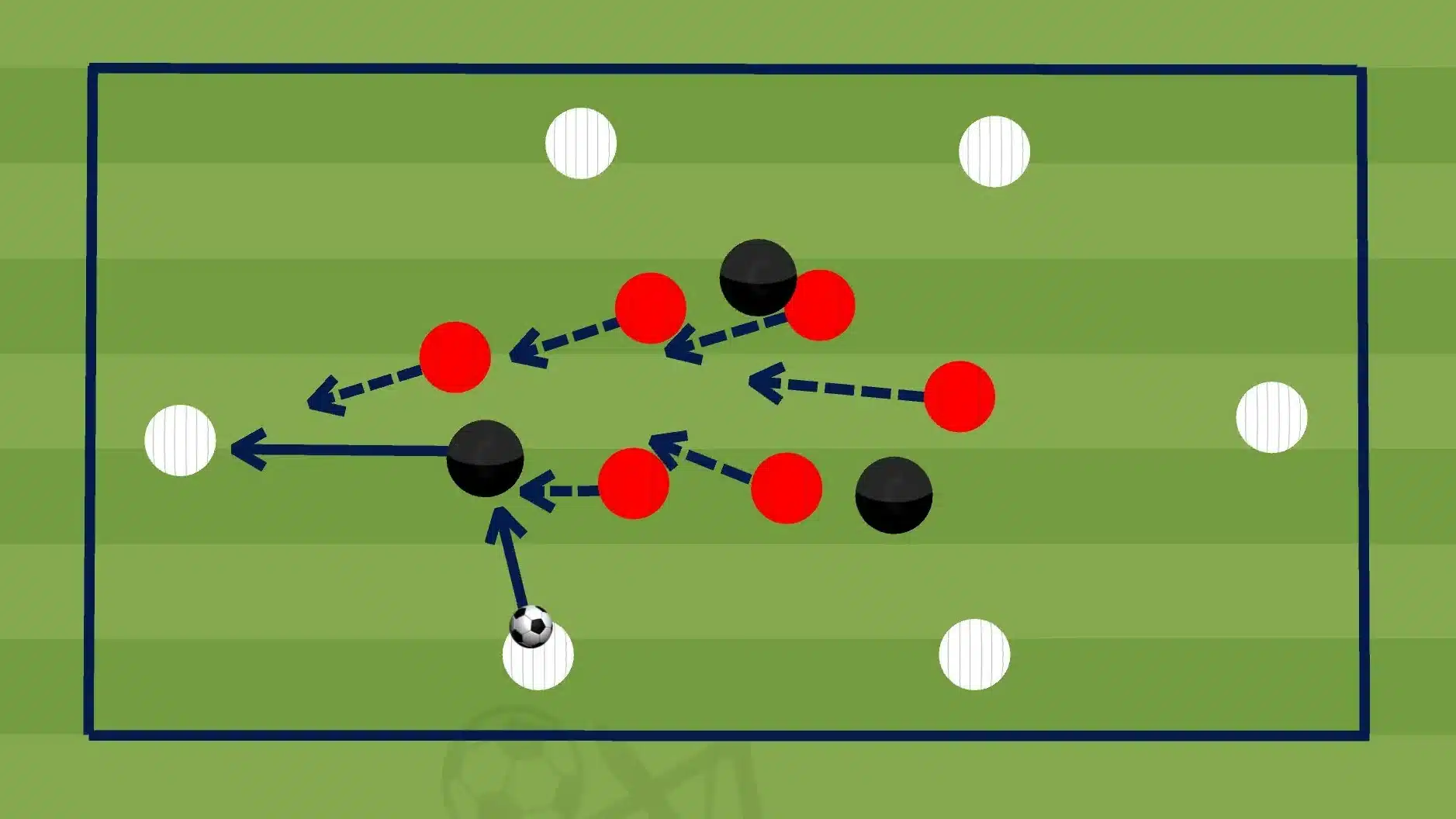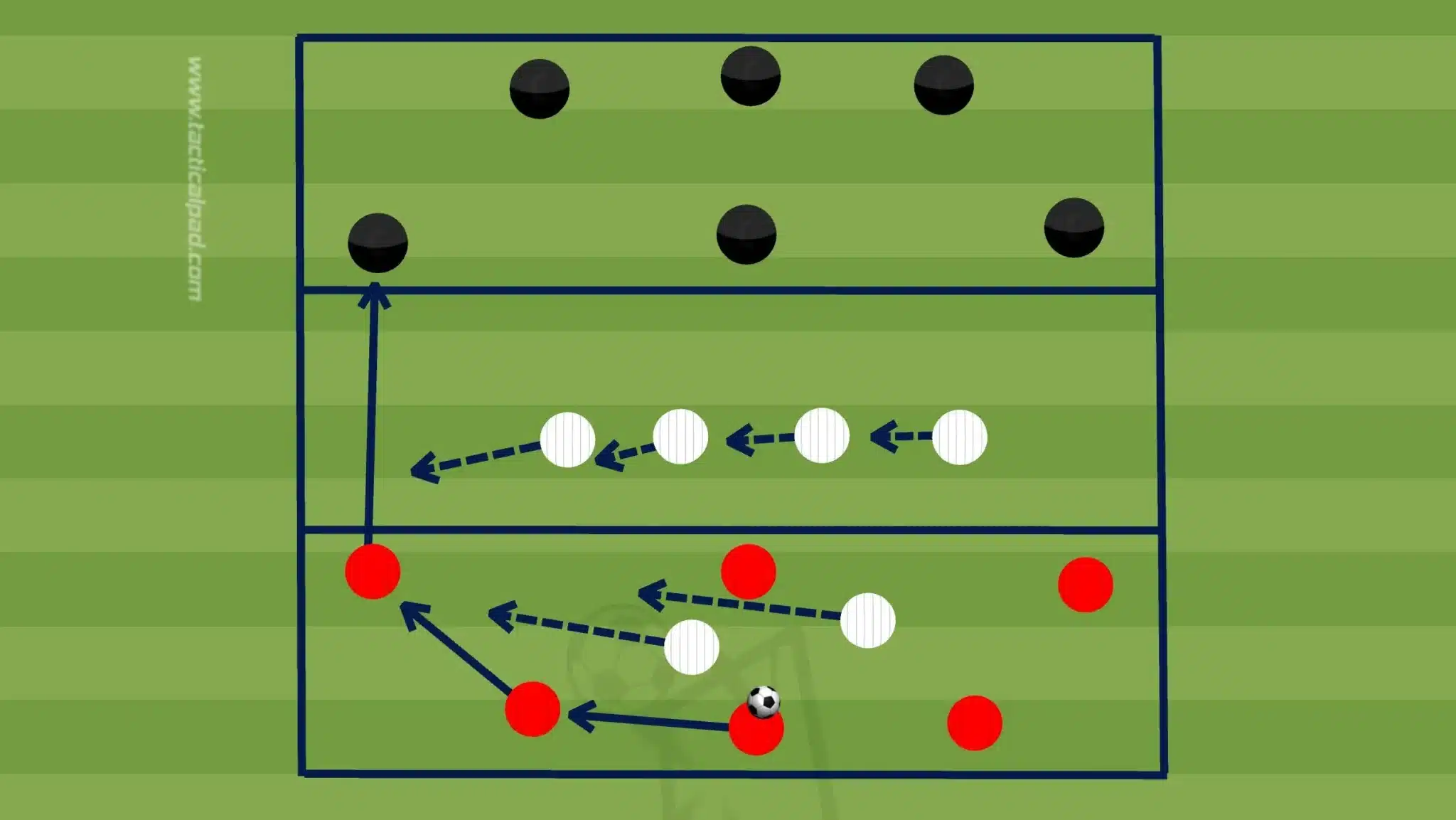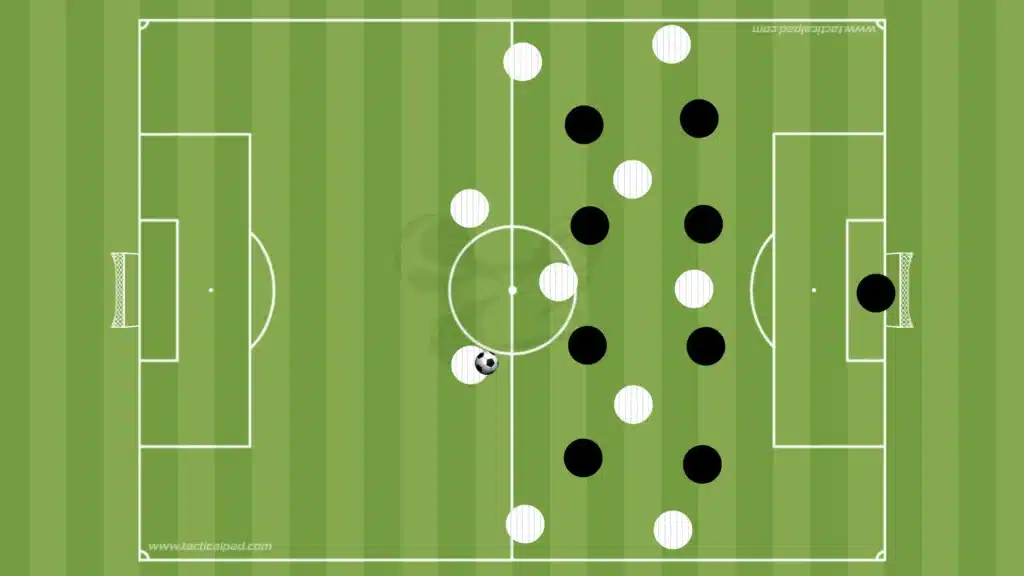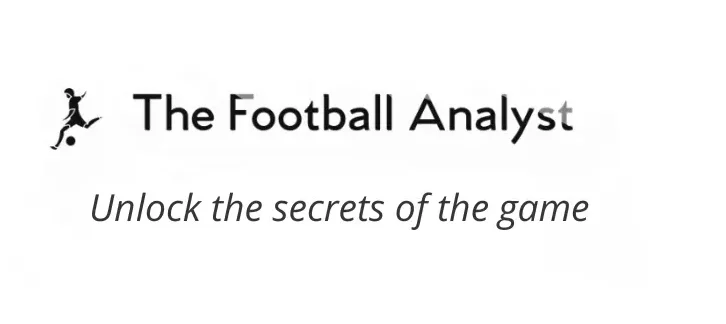Modern football demands more than individual brilliance — it requires collective intelligence. One of the most vital components of cohesive team defending is compactness, complemented by effective shifting. When executed well, these principles allow teams to deny space, force turnovers, and maintain control without the ball.
In this article, we explore what compactness and shifting mean in a defensive context, why they matter, and how coaches can implement targeted drills to train their team to defend as a unit.
What Is Compactness in Football?
Compactness refers to the spatial distance between players — both vertically (from the front line to the back line) and horizontally (across the pitch). A compact defensive unit stays tight together, limiting gaps between lines and preventing opponents from exploiting space centrally or between players.
In compact teams:
- The space between lines (defenders, midfielders, attackers) is minimal.
- The defensive block is narrow, funneling opponents into wide, less threatening areas.
- Players move together as a synchronized unit, whether pressing forward or retreating.
What Is Defensive Shifting?
Shifting, or “lateral movement,” refers to how the team moves side to side in response to the ball’s location. When the ball moves to the left, the entire defensive block shifts left — and vice versa. The goal is to always maintain numbers around the ball, protect central zones, and ensure no opponent is left unmarked in dangerous areas.
Key principles of shifting:
- Stay compact during the shift — don’t get stretched.
- Maintain distances between teammates while moving laterally.
- Trigger shifts based on ball movement, not just player movement.
Why Compactness and Shifting Matter
In elite football, spaces are attacked within milliseconds. Poor compactness or slow shifting can lead to:
- Exposed central channels
- Unmarked players between the lines
- Uncoordinated pressing or retreating
Well-drilled teams like Atletico Madrid, Inter Milan, and RB Leipzig often excel at defending as a compact block, frustrating opponents and winning back possession in calculated areas.
Key Coaching Focus Areas
When designing training sessions, coaches should focus on:
- Distances between units – Aim for no more than 10–15 meters vertically between lines.
- Communication – Use verbal and visual cues to maintain structure.
- Trigger moments – Work on when to shift, step, drop, or press as a unit.
- Cues from the ball – The position of the ball dictates movement, not just opponents.
Compactness and Shifting Drills
Below are three practical drills coaches can use to develop compactness and shifting behavior:
Drill 1: 6v6 + 3 Neutrals in a Narrow Zone
Objective: Train compact horizontal movement and collective lateral shifting.
- Setup: 25x20m rectangle; divide teams into two 6-player sides, with 3 neutral players in the middle.
- Instructions: Teams try to maintain possession, using neutrals as bounce players. The out-of-possession team must remain compact and shift laterally in sync to close passing lanes.

- Coaching Points:
- Stay connected between lines.
- Encourage communication during shifts.
- Close down vertical passing lanes with collective movement.
Drill 2: 6+6 vs 6 Shifting in Three Zones
Objective: Emphasize side-to-side shifting, pressing triggers, and coordinated movement from a compact defensive block.
Setup: Use a 40x20m pitch divided into three vertical zones. Organize three teams of six players each. One team starts as the defenders in the central zone, while the other two teams begin in the outer zones.
Instructions: The coach plays the ball into one of the outer zones. Two defenders from the middle zone enter to press. The remaining four defenders stay in the central zone and shift laterally as a compact unit to block passing lanes. The attacking team tries to complete a set number of passes (e.g., 5) before switching play to the opposite zone. The defending team continues shifting and pressing as the ball moves side to side.

Coaching Points:
- Maintain compact shape in the central zone while shifting.
- Press in pairs with clear triggers and body orientation.
- Block central passing lanes to force predictable switches.
Drill 3: 10v8 Defensive Shape Game
Objective: Apply compactness and shifting in a realistic game environment.
- Setup: Full half-pitch game. 10 attackers aim to score on a normal goal. 8 defenders play in a 4-4 block.
- Instructions: Attackers aim to move the ball and break through. Defenders focus on maintaining compactness and shifting collectively to block central options.

- Coaching Points:
- Maintain team shape regardless of ball location.
- Back four and midfield four move in unison.
- Encourage triggers for pressing (e.g., bad touches, sideways passes).
Common Mistakes and How to Correct Them
1. Defenders not shifting as a unit
Solution: Pause play during training to realign the defensive block. Use walk-throughs and visual cues to rehearse synchronized movement across the back line and midfield.
2. Too much space between lines
Solution: Use cones to clearly mark the maximum vertical distances between units (e.g., defenders to midfielders). Regularly remind players of the importance of compact vertical spacing.
3. Overcommitting to the ball side
Solution: Reinforce the need for defensive balance. Encourage players on the weak side to stay alert and in position to prevent switches and diagonal passes.
Conclusion: Defending Is a Collective Effort
Compactness and shifting aren’t just tactical buzzwords — they are foundational defensive behaviors that allow teams to control space, resist pressure, and win the ball back intelligently. Whether you’re coaching youth players or senior professionals, training these concepts with realistic, game-relevant drills will improve team cohesion and defensive stability.
Defending as a unit is a mindset — one that begins on the training ground.
Related Reads on the Site:
- Zonal Defending – Football Tactics Explained
- High Pressing – Football Tactics Explained
- Defensive Drills – Tackling and Marking Techniques
